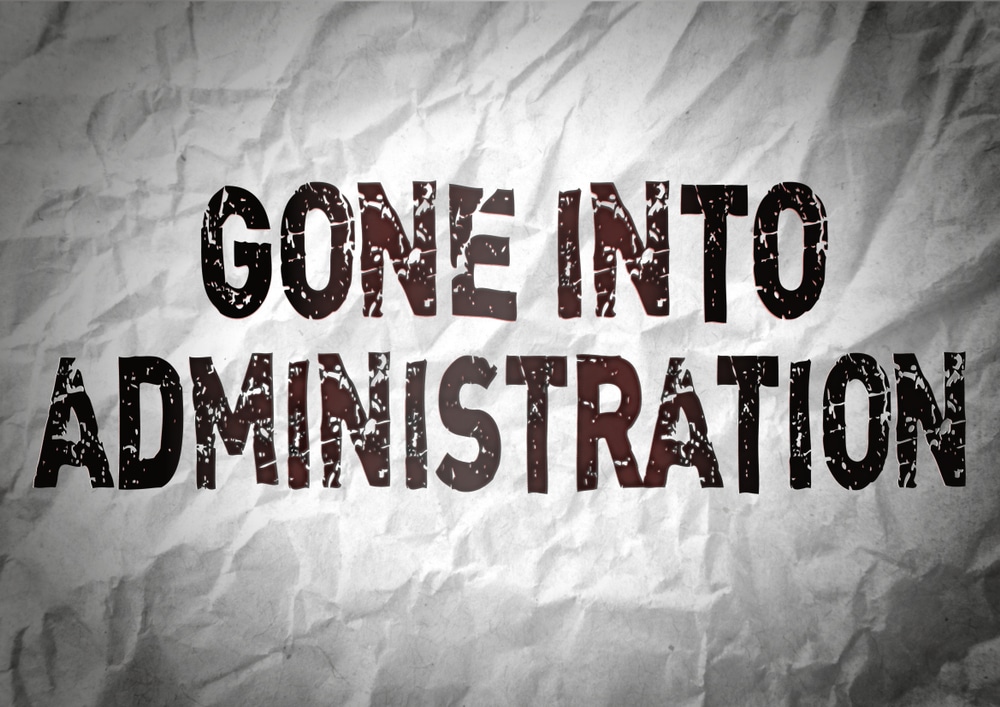A Comprehensive Consider Company Administration UK: Results on Employees and Procedures
The Process and Effects of a Firm Getting Into Administration
As a business faces financial distress, the decision to get in management marks a vital time that can have far-reaching implications for all involved events. The process of entering management is elaborate, including a collection of actions that aim to browse the company towards prospective recovery or, in some instances, liquidation.
Introduction of Firm Administration Refine
In the world of business restructuring, an essential preliminary step is obtaining a thorough understanding of the intricate business management process. Business management refers to the official bankruptcy treatment that aims to rescue a financially troubled company or achieve a much better outcome for the firm's creditors than would certainly be possible in a liquidation situation. This procedure involves the visit of an administrator, that takes control of the firm from its supervisors to analyze the monetary circumstance and establish the most effective training course of action.
During administration, the business is approved defense from lawful action by its lenders, supplying a postponement period to formulate a restructuring plan. The manager deals with the business's administration, creditors, and other stakeholders to develop an approach that might involve marketing business as a going issue, reaching a business volunteer plan (CVA) with lenders, or eventually putting the firm right into liquidation if rescue efforts confirm useless. The primary objective of business administration is to take full advantage of the go back to financial institutions while either returning the firm to solvency or closing it down in an organized way.

Duties and Responsibilities of Administrator
Playing an essential role in supervising the firm's decision-making processes and financial affairs, the manager assumes considerable duties during the corporate restructuring procedure. The main duty of the manager is to act in the very best passions of the business's lenders, aiming to attain the most favorable outcome feasible - what happens when a company goes into administration. This includes performing an extensive analysis of the firm's financial scenario, developing a restructuring strategy, and executing methods to optimize returns to creditors
In addition, the administrator is liable for liaising with different stakeholders, consisting of staff members, providers, and governing bodies, to guarantee openness and conformity throughout the management process. They need to additionally communicate properly with shareholders, providing routine updates on the business's progression and seeking their input when necessary.
Moreover, the manager plays a critical role in managing the daily procedures of business, making essential decisions to preserve connection and protect worth. This consists of examining the stability of various restructuring options, working out with lenders, and eventually assisting the firm in the direction of an effective leave from management.
Effect On Company Stakeholders
Assuming an essential position in looking after the business's financial events and decision-making procedures, the administrator's activities throughout the corporate restructuring procedure have a direct influence on various business stakeholders. Shareholders may experience a decline in the worth of their financial investments as the company's financial difficulties are dealt with. Lenders, consisting of providers and lenders, might encounter uncertainties pertaining to the repayment of financial debts owed to them. Staff members commonly come across job instabilities as a result of prospective layoffs or changes in work problems as component of the restructuring efforts. Consumers may experience disruptions in solutions or item availability throughout the administration procedure, impacting their trust and loyalty towards the firm. Furthermore, the area where the company operates can be impacted by prospective task losses or adjustments in the firm's operations, influencing neighborhood economies. Effective communication from the manager to stakeholders is vital in handling assumptions, mitigating issues, and fostering openness throughout the management process.
Lawful Effects and Obligations
During the process of firm administration, careful consideration of the legal ramifications and commitments is paramount to make certain conformity and shield the passions of all stakeholders involved. When a company enters administration, it causes a collection of lawful requirements that should be stuck to. One of the primary obligations is for the appointed administrator to act in the most effective rate of interests of the business's creditors. This responsibility requires the manager to perform complete examinations into the company's affairs, examine its economic setting, and create a strategy to take full advantage of returns to lenders.
Furthermore, lawful implications emerge concerning the treatment of workers. The administrator must follow employment legislations regarding redundancies, staff member legal rights, and obligations to give essential hop over to these guys information to worker representatives. Failing to abide by these lawful demands can cause lawsuit against the firm or its administrators.
In addition, the firm entering administration may have contractual obligations with different celebrations, including vendors, proprietors, and consumers. In essence, understanding and satisfying lawful obligations are essential elements of browsing a business through the management process. what happens to employees i thought about this when a company goes into liquidation.
Techniques for Firm Recuperation or Liquidation
In thinking about the future direction of a firm in administration, tactical preparation for either healing or liquidation is necessary to chart a viable path ahead. When going for business healing, key approaches may include conducting a thorough evaluation of the service operations to recognize ineffectiveness, renegotiating leases or contracts to boost cash circulation, and implementing cost-cutting actions to improve profitability. Furthermore, looking for brand-new investment or funding options, branching out profits streams, and concentrating on core proficiencies can all add to a successful recovery plan.

Final Thought
Finally, the procedure of a company entering administration entails the visit of an administrator, that takes on the duties of handling the business's events. This process can have considerable effects for numerous stakeholders, consisting of investors, employees, and lenders. It is necessary for companies to meticulously consider their options and methods for either recouping from financial problems or waging liquidation in order to mitigate prospective lawful implications and responsibilities.
Firm administration refers to the formal insolvency procedure that aims to save an economically troubled firm or attain a better result for the company's financial institutions than would be possible in a liquidation circumstance. The administrator works with the business's administration, creditors, and various other stakeholders to design a method that may involve offering the company as a going worry, getting to a business voluntary arrangement (CVA) with financial institutions, or eventually placing the firm into liquidation if rescue efforts verify futile. The main goal of firm management is to make best use of the return to creditors while either returning the company to solvency or shutting it down in an orderly way.
Assuming an essential placement in supervising the firm's decision-making procedures and financial affairs, the manager's activities during the business restructuring process have a direct impact on various company stakeholders.In verdict, the procedure of a firm entering management entails the appointment of a manager, who takes useful source on the obligations of managing the company's events.